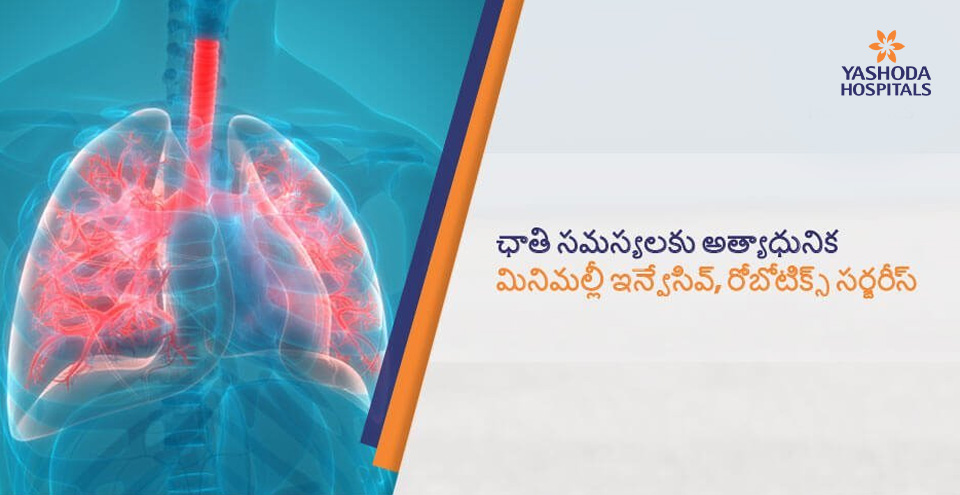Can Air In Your Lungs Be Bad News?

Circulating air, which provides oxygen to the lungs and is exhaled out, is good for our body. In fact, it is essential. However, this may not be the only kind present in the lungs. Some people may have large air cavities that stop the lungs from working normally. This is very bad news.
These damaged air sacs a.k.a. bullae tend to occupy large areas. They are also incapable of absorbing any oxygen. This means that your body begins to receive lesser oxygen, which can lead to health problems.
How do the bullae form?
Students of biology may remember that the lungs have tiny air sacs (called alveoli) which transfer oxygen from the lungs to the bloodstream. When they get damaged, large air spaces begin to form. These bullae also occur in clusters, which intensifies the trouble! They are bad because:
- They do not help in breathing.
- They put pressure on healthy areas of the lung, making it harder to breathe.
- They grow in size if given the time, leading to severe issues.
- Your lungs will collapse if the bullae release air.
Bullae can typically be observed in patients who have Chronic Obstructive Pulmonary Disease (COPD). If you are a smoker or have been exposed to gas fumes for a long period, then you may have a higher possibility of forming bullae.
How can you know if you have bullae in the lungs?
Unfortunately, bullae are asymptomatic i.e. they do not present with any recognizable symptoms. It tends to be found incidentally through scans. However, you may have the symptoms below (which are also associated with COPD):
- Cough
- Sputum production
- Shortness of breath
- Blue lips or fingertips
- Tiredness
Bullectomy – a procedure to remove bullae
Thankfully, not all people who have bullae in the lung will require surgery. The bullae will occur differently in different people, and their management will change as well. If your bullae severely affect your breathing and health, the doctor might suggest bullectomy.
Some factors that will be taken into consideration before suggesting bullectomy are:
- Patient’s health: Younger patients who have no airway obstructions are good candidates.
- Size of bullae: They should be larger than one-third of the lung or preventing the lung from functioning properly.
- Location of the bullae: Either one bulla or bullae which are contained to an area in the lung.
References:
- “Bullectomy”. Healthline. Accessed on 20 August 2019. https://www.healthline.com/health/bullectomy
- Melamed, Kathryn & Barjaktarevi, Igor. “Bullous Lung Disease (includes HIV-related emphysema)”. Pulmonology Advisor. Accessed on 21 August 2019. https://www.pulmonologyadvisor.com/home/decision-support-in-medicine/pulmonary-medicine/bullous-lung-disease-includes-hiv-related-emphysema/
- Fletcher, Jenna. “What to know about bullectomy”. Medical News Today. Accessed on 21 August. https://www.medicalnewstoday.com/articles/325469.php
About Author –
Dr. Balasubramoniam K R, Consultant Minimally Invasive and Robotic Thoracic Surgeon, Yashoda Hospitals – Hyderabad
MS (General Surgery), MCh (CTVS)












 Appointment
Appointment WhatsApp
WhatsApp Call
Call More
More